Get the latest on coronavirus. Sign up to the Daily Brief for news, explainers, how-tos, opinion and more.
As the death toll across some of Europe’s worst-affected countries continues to fall, residents are carefully taking their first steps outside for more than a month.
Italy, Spain and France have all suffered more than 20,000 fatalities each, and have been living under some of the world’s most restrictive lockdown rules since the start of the crisis.
Tens of millions of people have been forced to remain inside to help stop the spread of coronavirus, with families split up and businesses shuttered.
But even as employees tentatively return to work and shops start to open, stark warnings have been issued about what needs to be done to avoid a second wave.
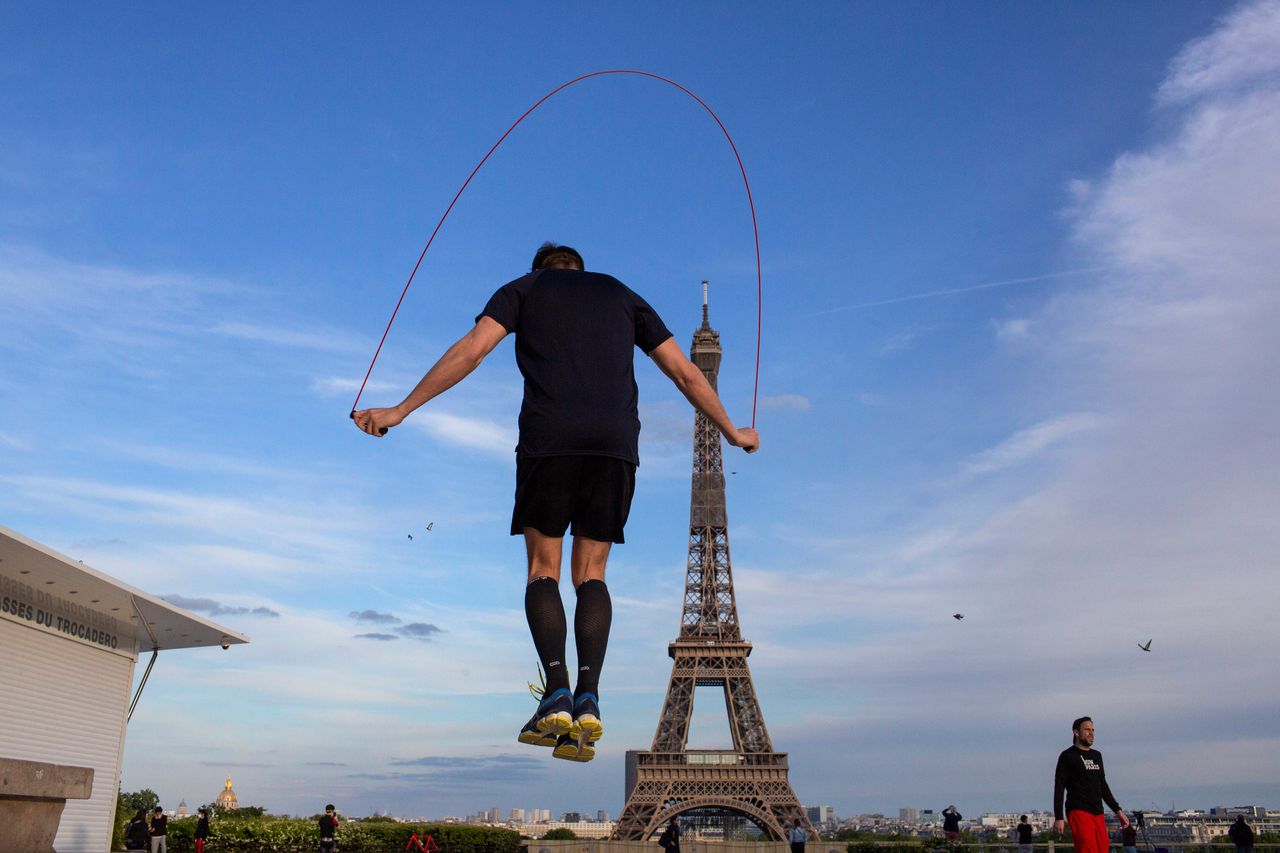
In Italy – the hardest-hit country in Europe, with almost 29,000 deaths – millions of people returned to work on Monday morning, easing some aspects of the world’s longest lockdown.
Around 4.5m people have now returned to work, construction can resume and relatives can reunite.
“I woke up at 5.30am – I was so excited,” said Maria Antonietta Galluzzo, a grandmother taking her three-year-old grandson for a walk in Rome’s Villa Borghese park, the first time they had seen each other in eight weeks.
“He has grown by this much,” she said, holding up three horizontal fingers.
The easing comes as the daily rate of new Covid-19 cases worldwide has been sitting in a 2% to 3% range over the past week, down from a peak of around 13% in mid-March.
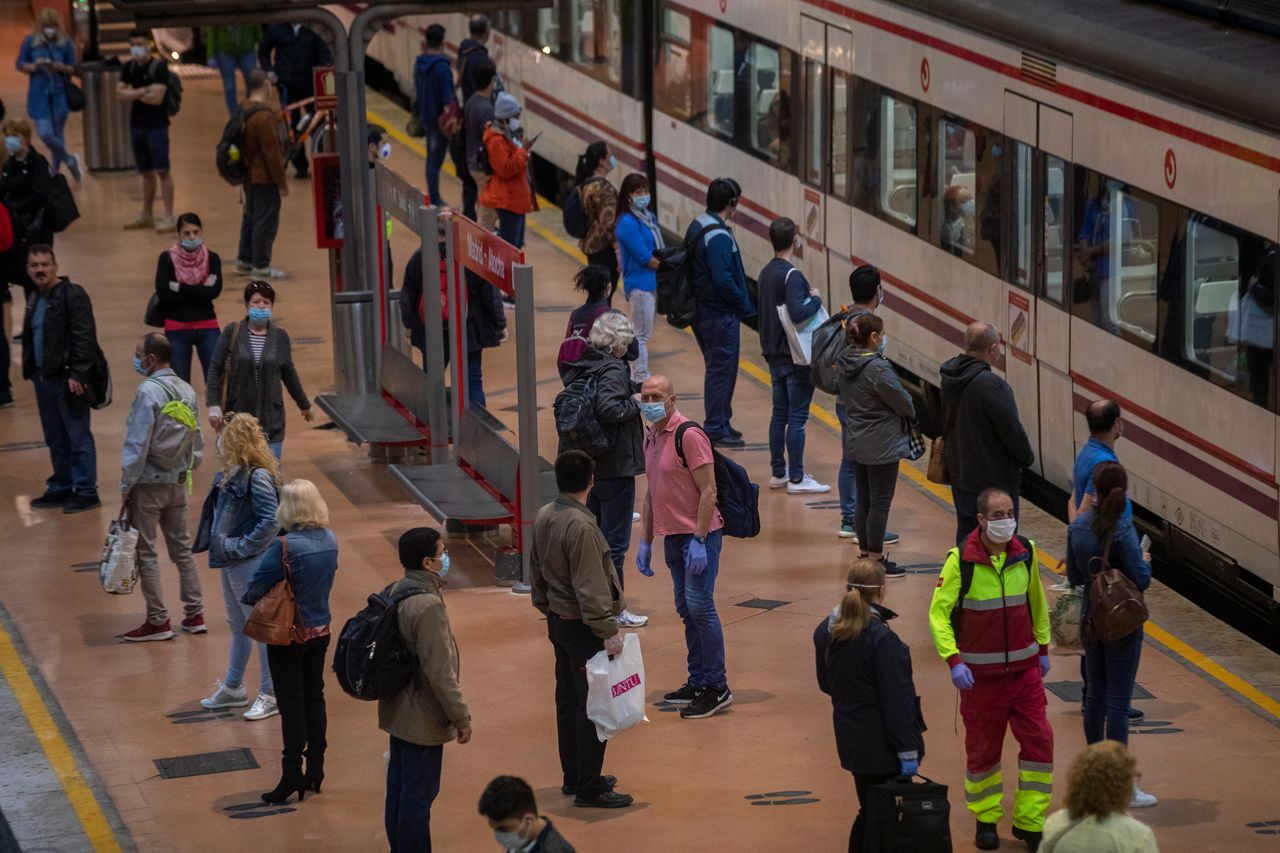
But Italian PM Giuseppe Conte said his country, where the coronavirus has killed almost 29,000 people and more than 1,000 new cases are reported daily, was still in the “full throes of the pandemic”.
Friends in the country are still barred from meeting up, most shops must stay shut until May 18, and schools, and cinemas and theatres remain closed indefinitely.
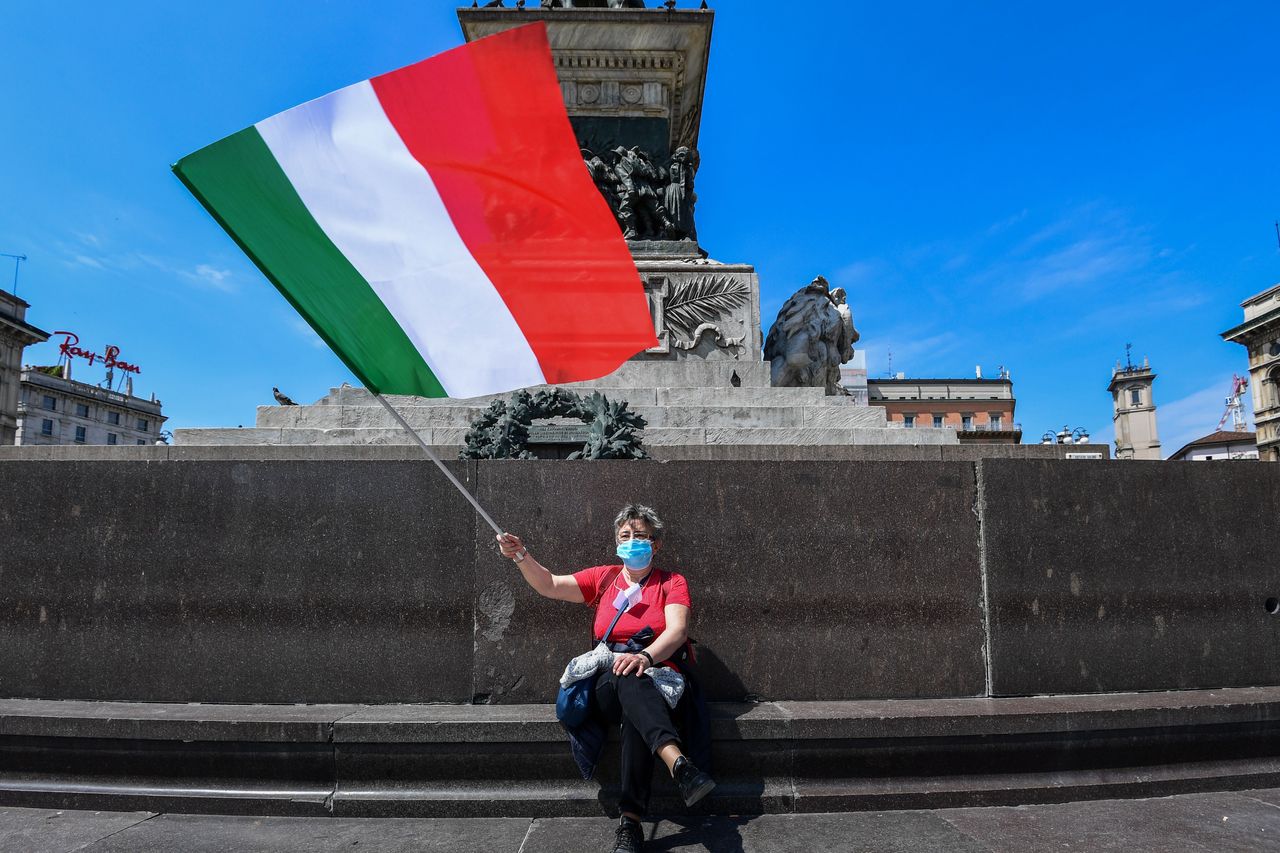
“It is good to be back, but the world has totally changed,” said Gianluca Martucci, pulling up the shutters on the small warehouse of a catering business in the backstreets of Rome.
“The government has been very wise so far, but I worry that we might be starting up a little too soon – I don’t know if the country could survive a second wave.”
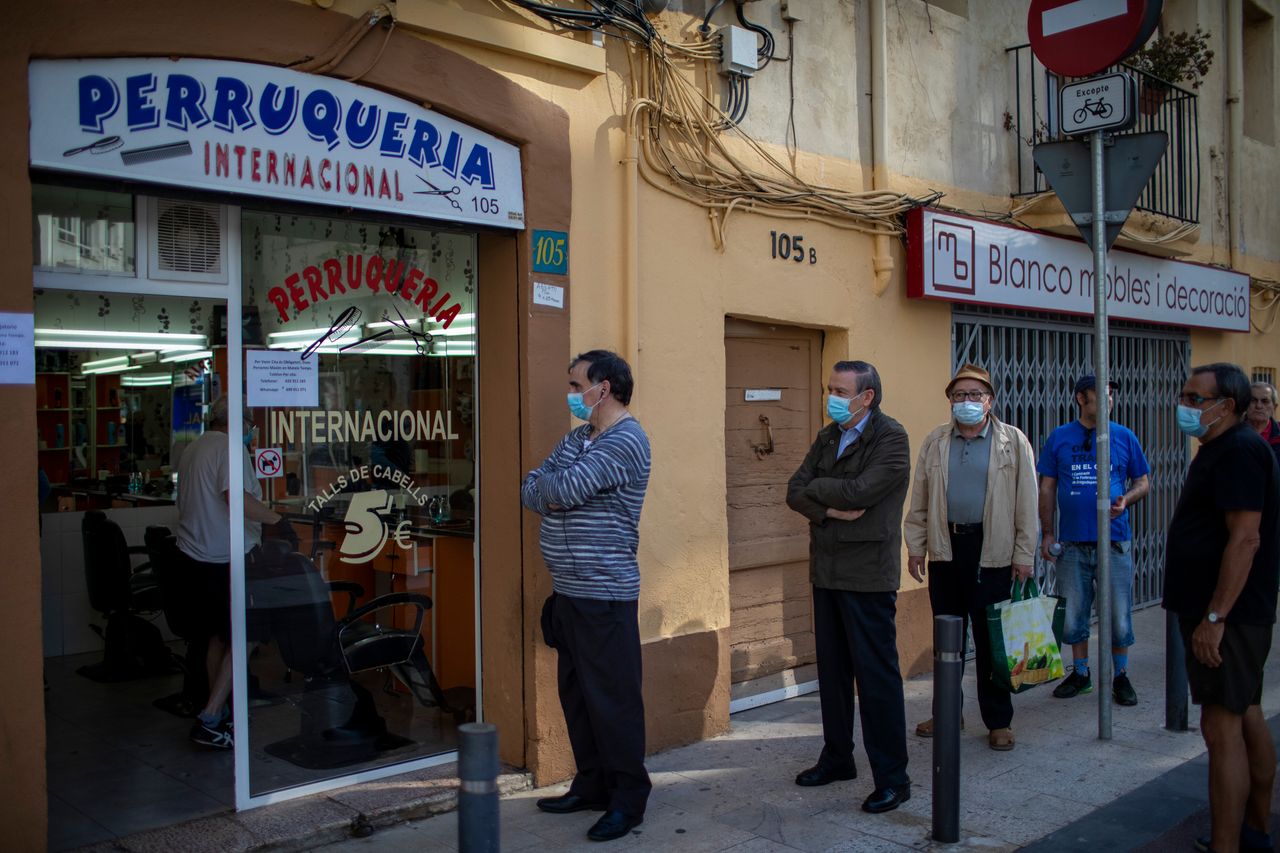
Hairdressers, ironmongers and other shops tentatively opened for business on Monday as Spain began a four-phase plan to reopen the country by the end of June, while the 24-hour death toll from coronavirus stayed under 200 for the second day in a row.
Red Cross workers handed out masks at Madrid’s metro stations as wearing such protection on pubic transport became mandatory. Passengers crossing from the holiday islands of Ibiza to Formentera were tested for the virus before boarding.
PM Pedro Sanchez said on Saturday that six million masks were due to be distributed in Spain, one of the nations worst hit by the global pandemic.
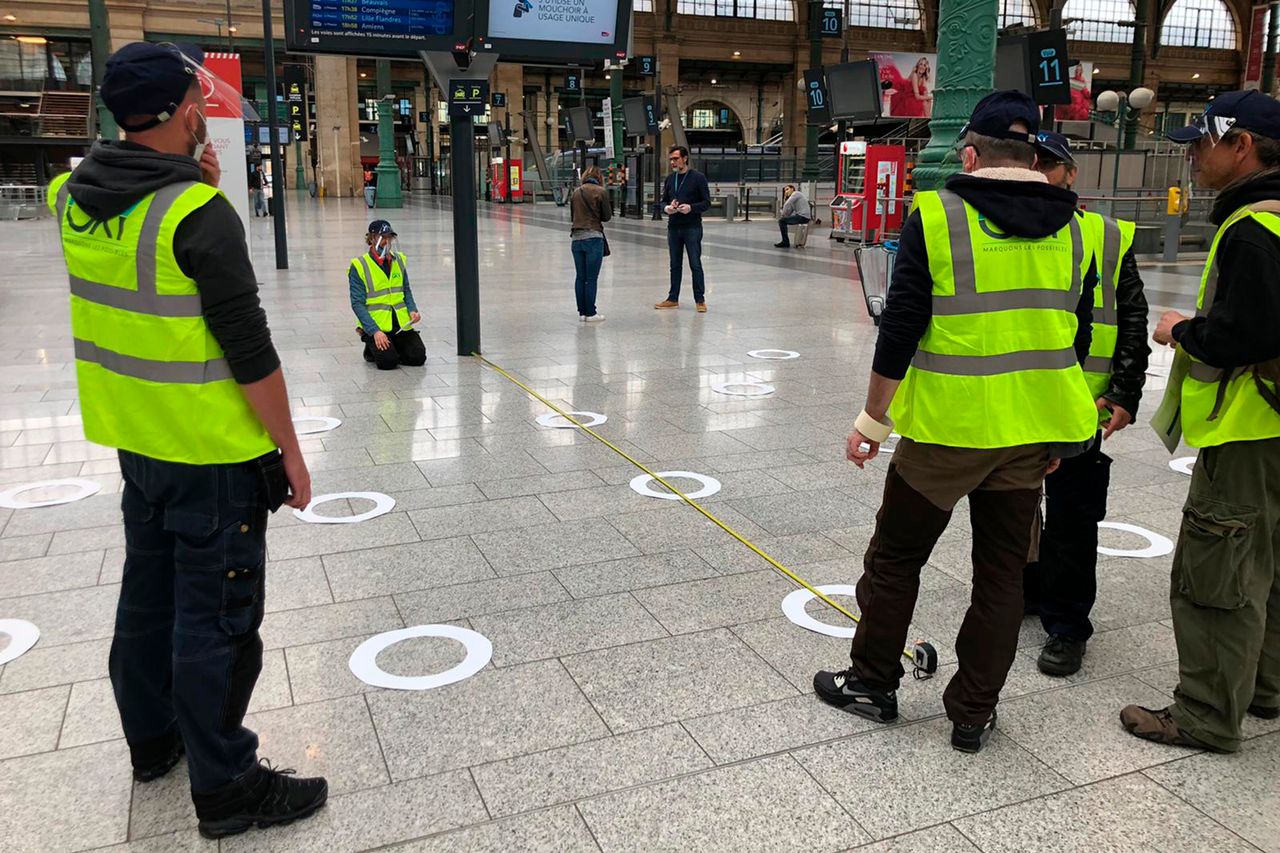
The death toll climbed by 164 in the previous 24 hours to 25,428 and cases reached 218,011, according to health ministry data on Monday. However, in a sign of how the rate of infection is abating, several regions registered no new cases.
Although the figures were positive, the long May holiday weekend may have led to delays in data notification, chief health emergency officer Fernando Simon said, warning against complacency.
In central Madrid, hardware store owner Jorge Garcia stuck posters explaining the new regulations to his windows before reopening for the first time in 50 days.
“We are starting to get going little by little,” he said as he fixed black-and-yellow caution tape across his doorway and set out bottles of hand sanitiser for his customers.
Other businesses such as beauty parlours and bookstores, and restaurants for takeaway orders only, were allowed to reopen on Monday.
In the next stage, outdoor areas of bars and restaurants can open at half occupancy, while groups of up to 10 people will be allowed in public places and homes.
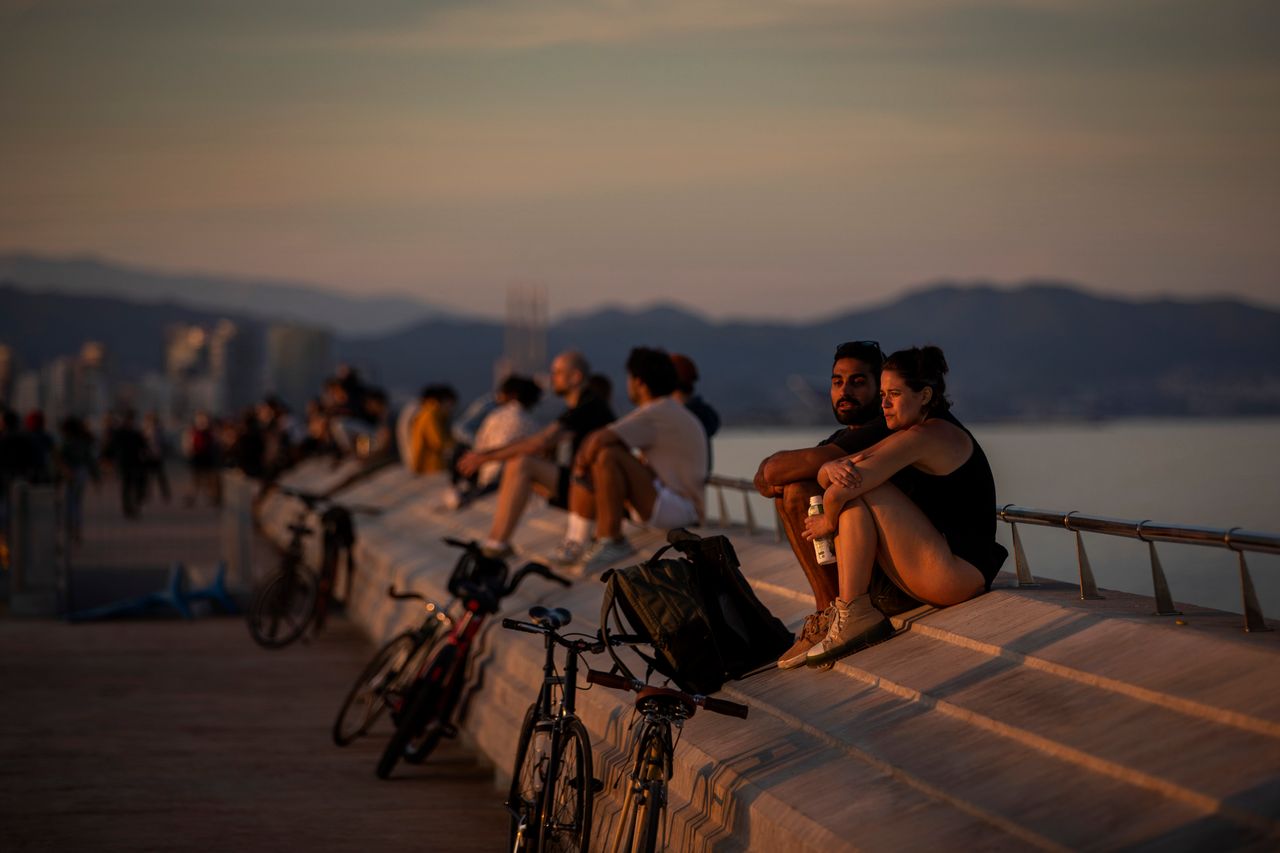
Over the weekend, people across Spain were allowed out of their homes for the first time in seven weeks as the government began easing tough restrictions. Joggers, cyclists and walkers took to the streets in droves and some beaches were packed.
Spain imposed a strict lockdown in mid-March, confining most of the population to their homes for all but essential trips.
Meanwhile France, which has seen almost 25,000 deaths, is preparing for some restrictions to lift from May 11 – when pre-school and primary-age children could return to the classroom and most shops could reopen their doors.
Up to 70% of the Paris Metro system is expected to start moving once again, but bars and restaurants will remain closed.
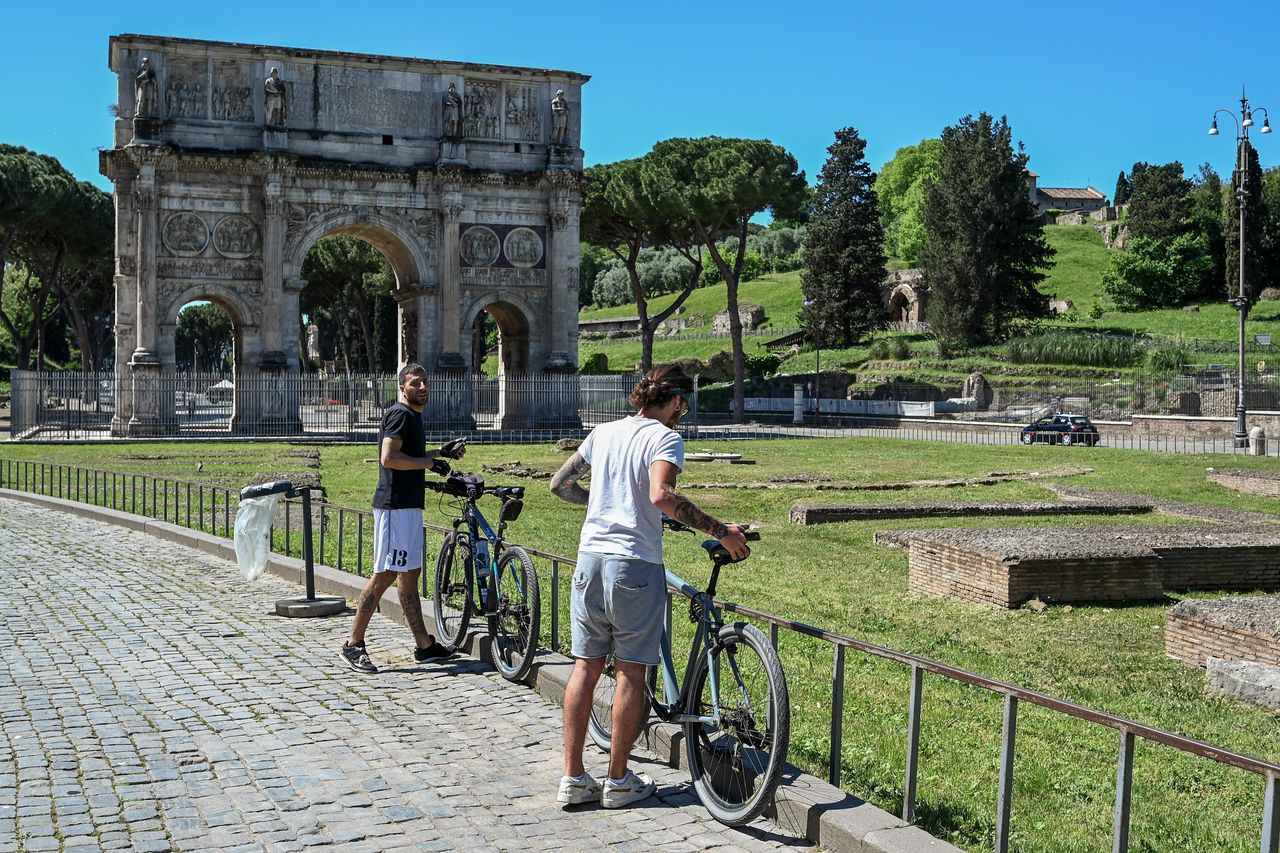
Despite the movement, president Emmanuel Macron warned on Friday that easing the national lockdown would be only a first step towards fully exiting restrictions.
“May 11 will not be the passage to normal life. There will be a recovery that will need to be organised,” Macron said in a speech at the presidential palace.
“There will be several phases and May 11 will be one of them.”
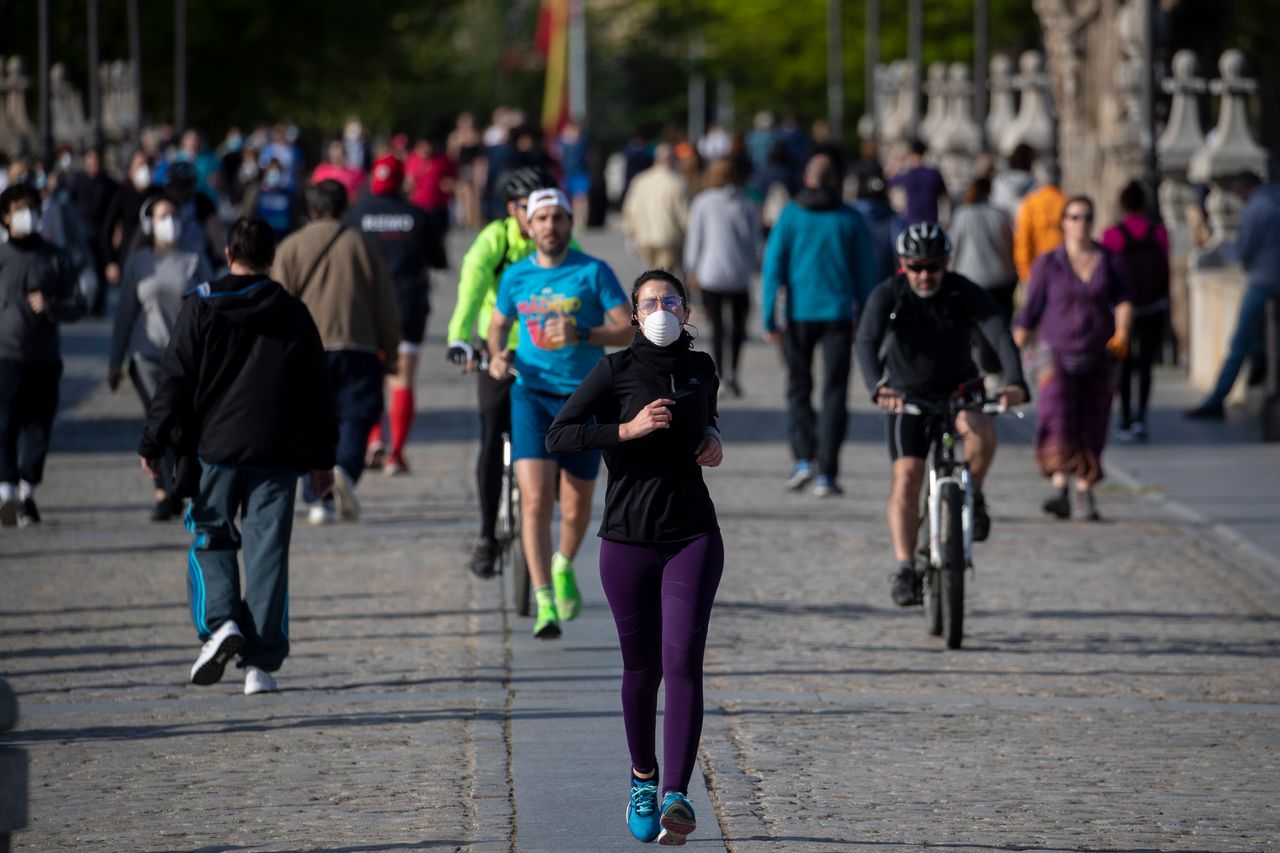
The government has said it is prepared to slow or delay the unwinding of the lockdown if the virus infection rate spikes markedly higher, with administrative departments divided into “red” and “green” zones.
North-eastern France, including the Paris region, has been especially hard hit, while swathes of the west and south of the country have barely been impacted, raising a dilemma for the government over how to ease the lockdown ahead of the busy summer tourism season.
Here in the UK Boris Johnson is expected to reveal a road map on Sunday, detailing exactly how restrictions will be eased in order for Britons to safely return to work.
But the government has also stressed that the nation’s battle with coronavirus will continue after lockdown measures are eased.
Chancellor of the Duchy of Lancaster Michael Gove has said Britons will need to live with “some degree of constraint” until a vaccination becomes available.
“Ultimately, unless and until we have a vaccine then I suspect that we are going to have to live with some degree of constraint because of the nature of the virus,” he said.
“But we obviously want to, wherever possible, and consistent with the measures on public health, restore people’s lives to as close to normal as possible.”
